
Tomatoes have always been one of our favorite parts of summer. Whether raw and chopped into a bruschetta, baked into a tart, or cooked down into a rich tomato sauce, an in-season tomato is an entirely different fruit from the out-of season variety.

Tomatoes have always been one of our favorite parts of summer. Whether raw and chopped into a bruschetta, baked into a tart, or cooked down into a rich tomato sauce, an in-season tomato is an entirely different fruit from the out-of season variety.
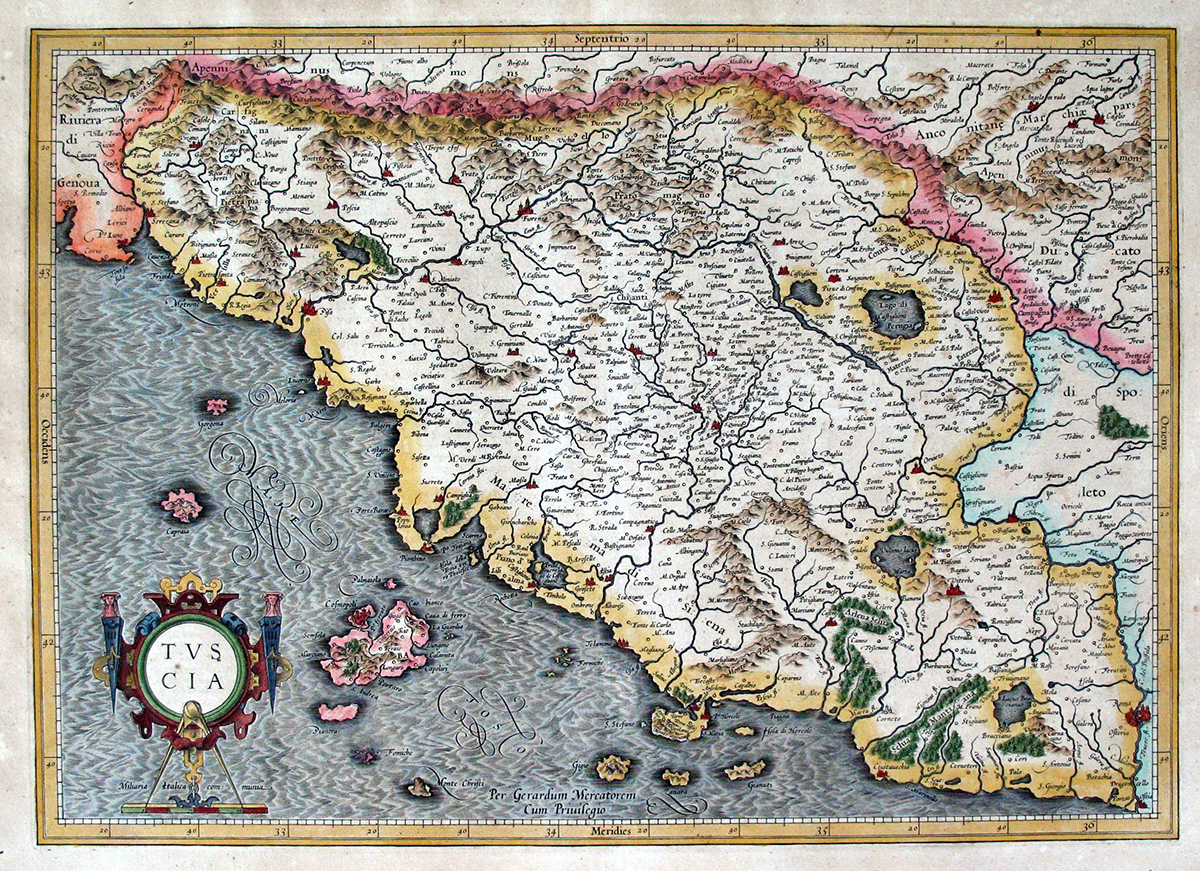
The Fattoria Poggerino is the lone Italian source in our portfolio. Their careful organic viticulture and unusually pure wines have vaulted them to the top of most lists of winemakers in Chianti. Vinous writes of their Poggerino’s “remarkable purity and nuance,” and Rajat Parr calls their wines “excellent” and “some of the purest expressions of the grape in Italy.”

Grape varietals sometimes take their names from the plant’s appearance. “Sauvignon blanc” has leaves that resemble those of wild (sauvage) grape vines. Pinot Gris refers to the blue-gray (gris) color of its grapes. But our favorite varietal (etymologically speaking) has to be Sangiovese — a wine so inky and black that it is named for the “blood of Jove.”
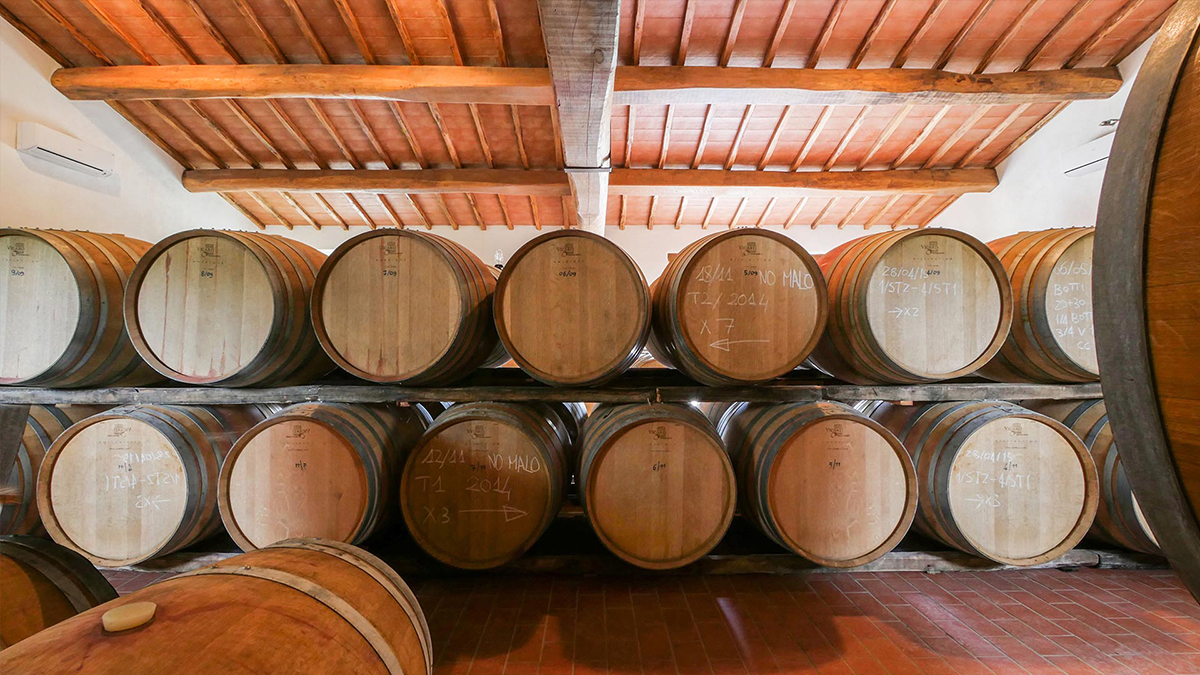
French wines have long been the focus of the Ansonia portfolio. Of the 45 winemakers we work with, about half are from Burgundy, and all but a few are French. Our longtime exception to this rule is the Fattoria Poggerino.

Tomatoes have always been one of our favorite parts of summer. Whether raw and chopped into a bruschetta, baked into a tart, or cooked down into a rich tomato sauce, an in-season tomato is an entirely different fruit from the out-of season variety. For tomato inspiration, check out this list.

Perched on a charming Tuscan hillside, the Fattoria Poggerino is certainly one of the most attractive domaines in our portfolio. (If you’re ever in the area, we highly recommend a visit.) As it turns out, the wine is just as beautiful as the source.

Of the 45 winemakers we work with, about half are from Burgundy, and all but a few are French. Our longtime exception to this rule is the Fattoria Poggerino, a source for pure Sangiovese wines from the hills of Chianti.
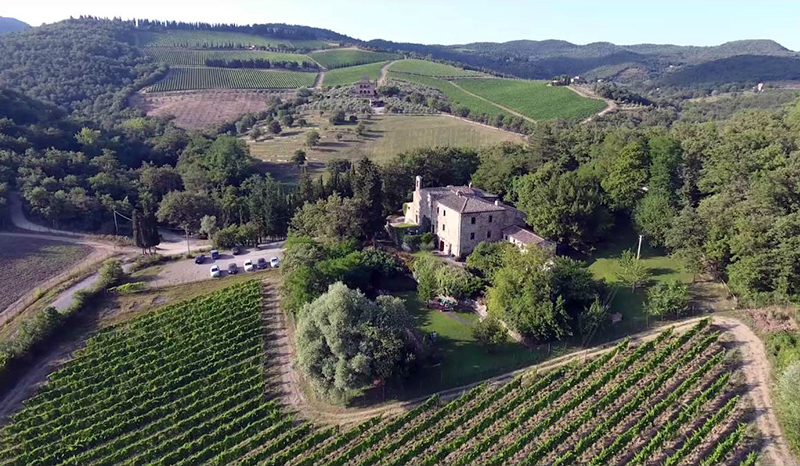
We often recommend wines intended for a specific time or place. A carefully aged Burgundy for a Christmas roast; a stony Chablis for a plate of summer oysters -- a precise wine pairing for a dish or setting can elevate both.
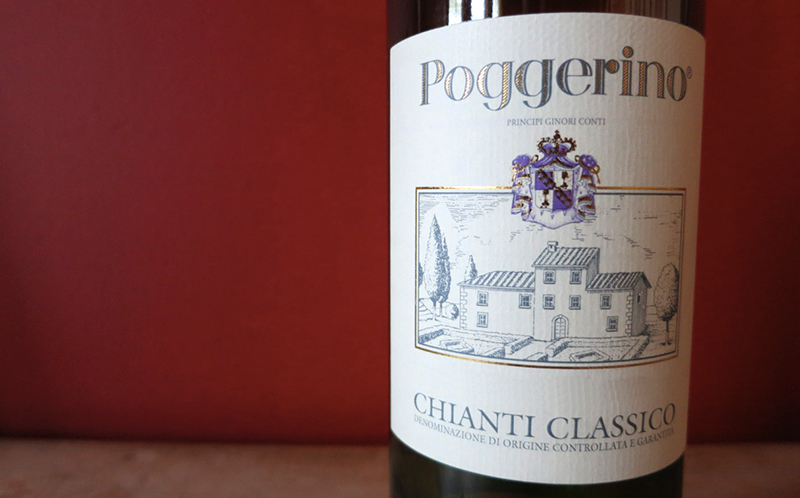
French wines have long been the focus of Ansonia’s portfolio. Of the 45 or so winemakers we work with, about half are from Burgundy, and all but a few are French. This isn’t to say that these are the only places to find excellent wine, only that we’ve chosen depth over width in our portfolio.
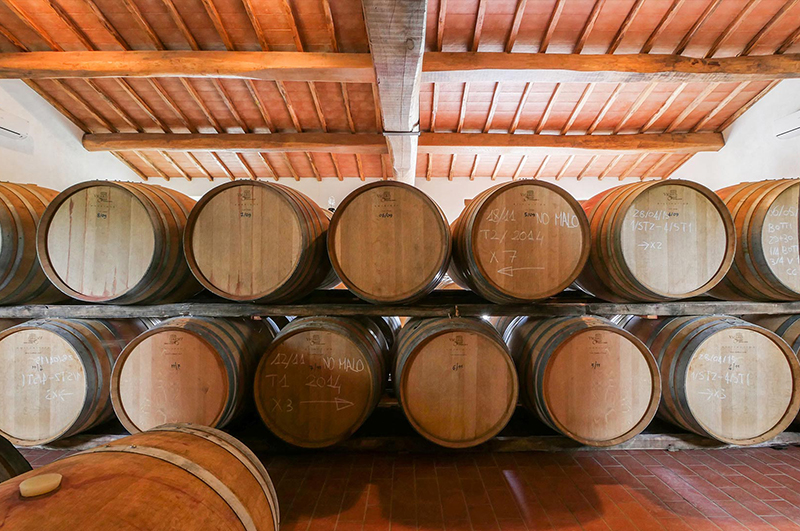
Grape varietals often get their names from a visible aspect of their fruit. The name Sauvignon blanc comes from sauvage (“wild”) because its leaves resemble those of wild grape vines. Pinot Gris refers to the blue-gray (gris) color of its grapes. But our favorite varietal etymologically speaking has to be Sangiovese -- a wine so inky and black that it…
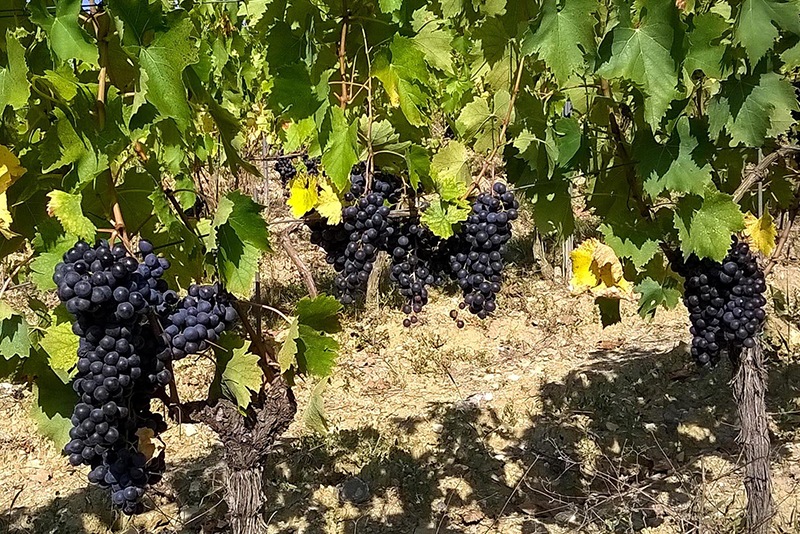
Perched on a charming Tuscan hillside, the Fattoria Poggerino is certainly one of the most attractive domaines in our portfolio. (If you’re ever in the area, we highly recommend a visit.) As it turns out, the wine is just as beautiful as the source — Poggerino often appears in the international wine press as a source for classic, affordable Chianti.…
Grape varietals often get their names from a visible aspect of their fruit. The name Sauvignon blanc comes from sauvage (“wild”) because its leaves resemble those of wild grape vines. Pinot Gris refers to the blue-gray (gris) color of its grapes. But our favorite varietal (etymologically speaking) has to be Sangiovese — a wine so inky and black that it…
Grape varietals often get their names from a visible aspect of their fruit. The name Sauvignon blanc comes from sauvage (“wild”) because its leaves resemble those of wild grape vines. Pinot Gris refers to the blue-gray (gris) color of its grapes. But our favorite varietal (etymologically speaking) has to be Sangiovese -- a wine so inky and black that it…
In our search for expressions of terroir, we never tire of sampling local flavors. Oysters from Belon, chèvre from the Loire, butter from Isigny — these foods represent their regions as much as any stony Chablis or rich Châteauneuf-du-Pape.
Like Chablis, the Chianti name has had a rough time of it over the years. A straw-covered “fiasco” bottle with candle wax dripping down its sides still jumps to the minds of most consumers, and for a long time Chianti’s former reputation as cheap wine of low quality was well deserved.